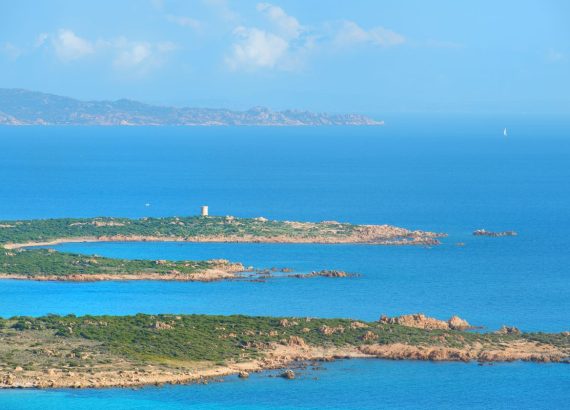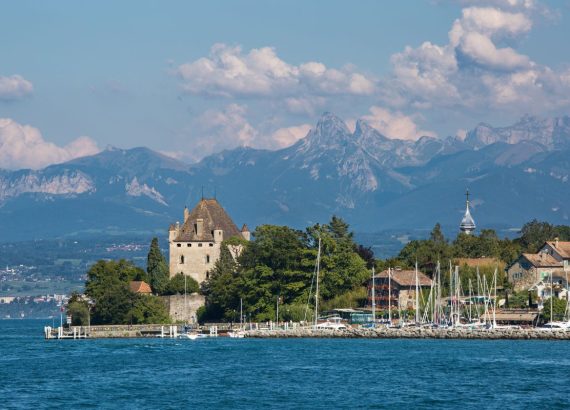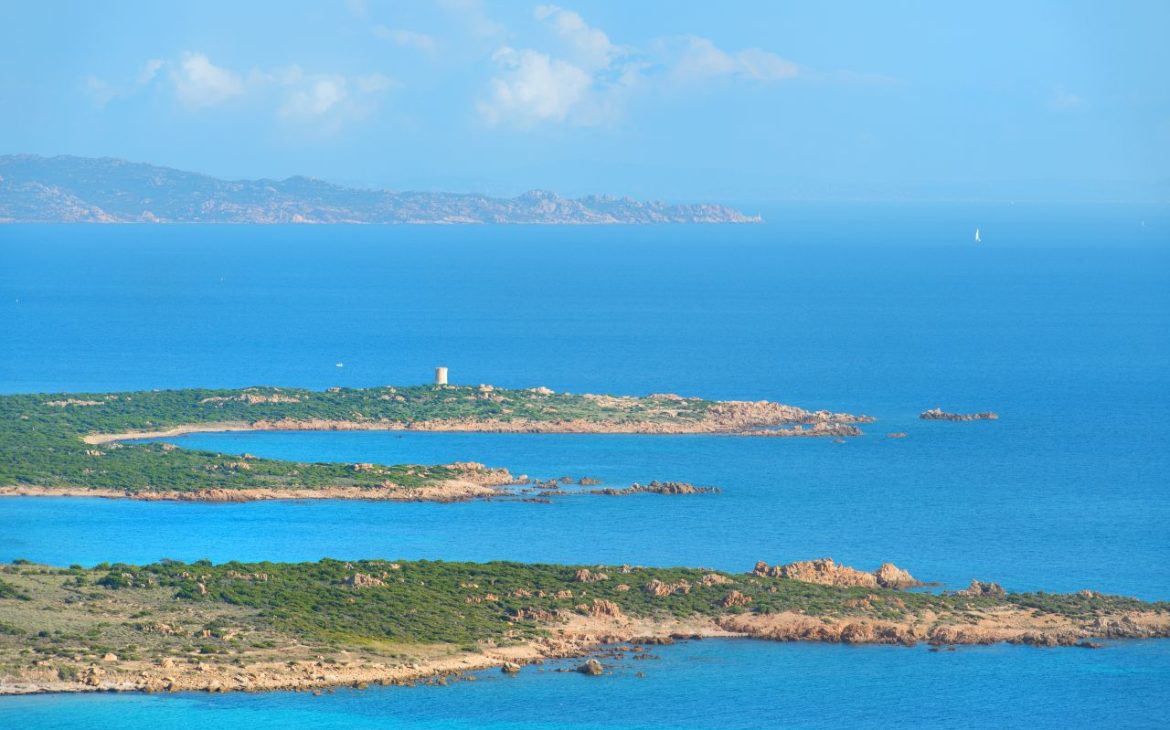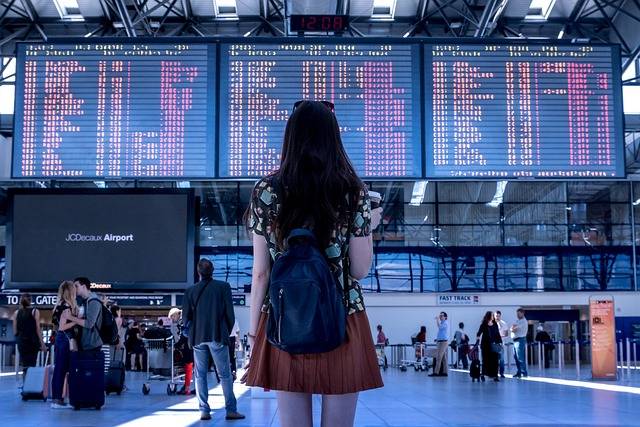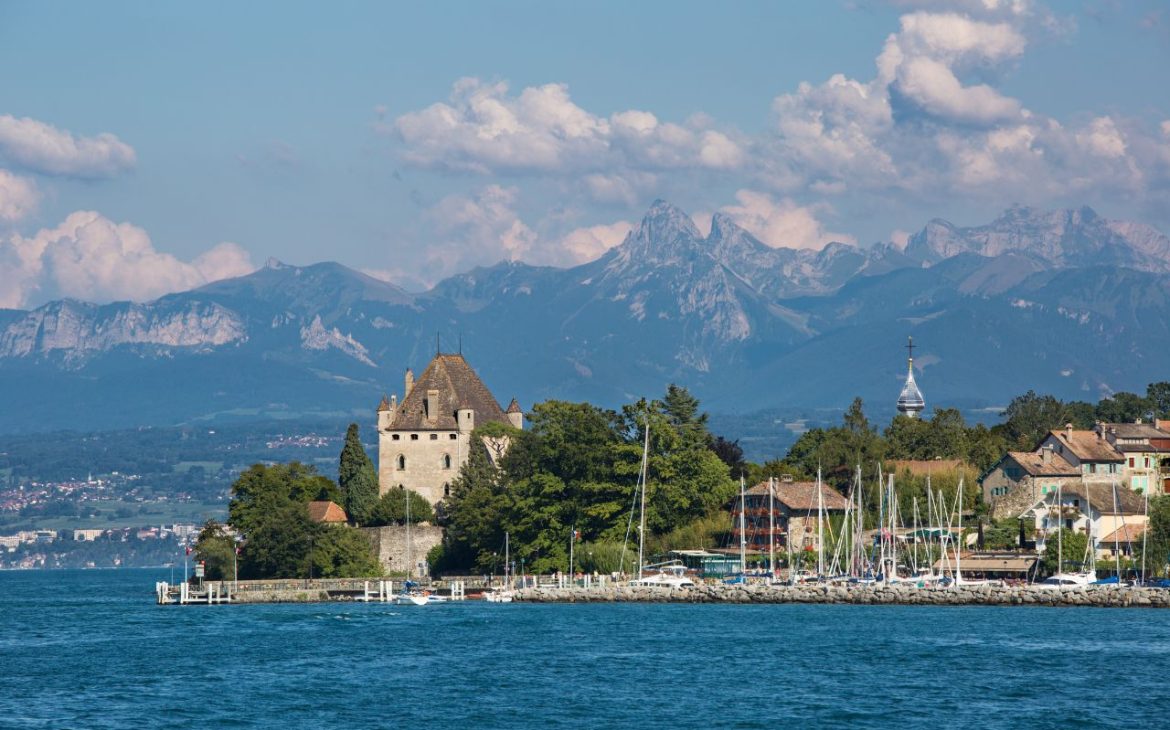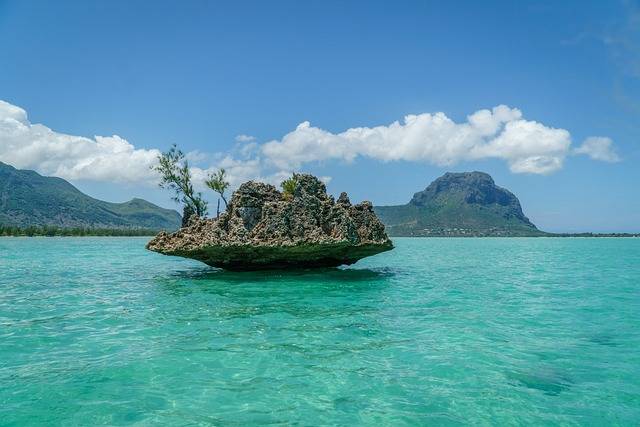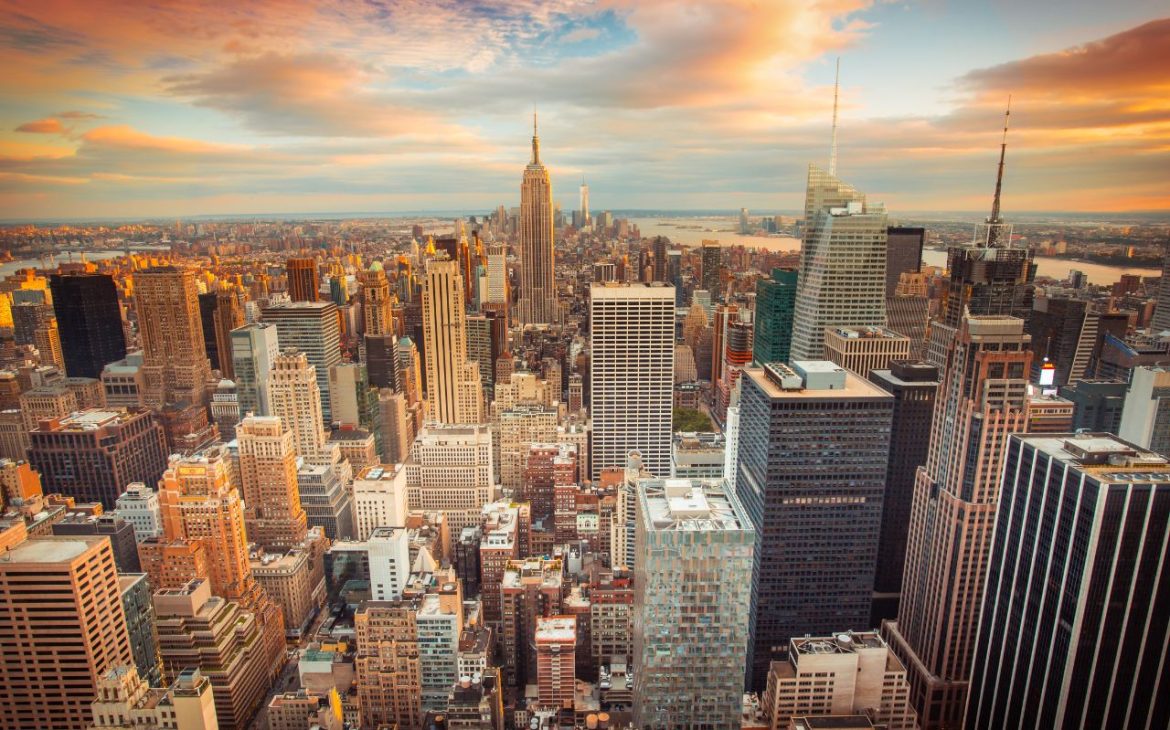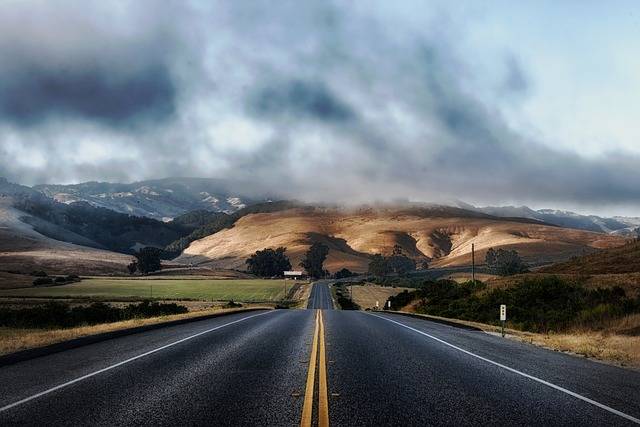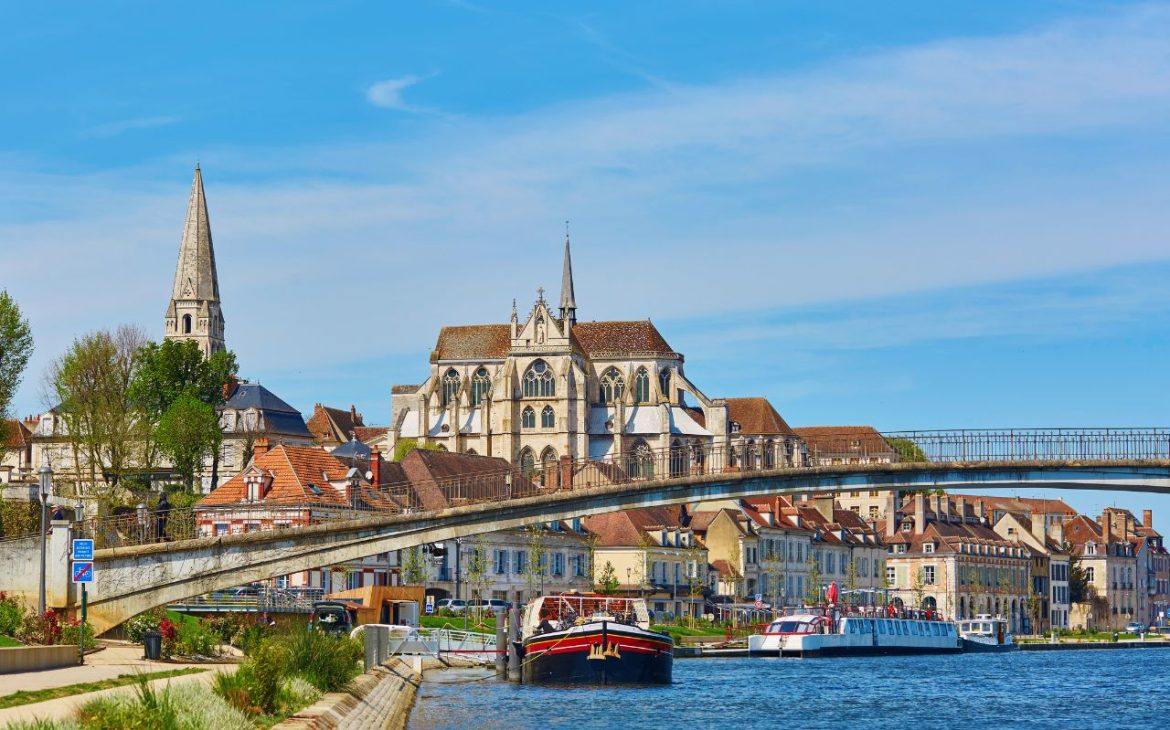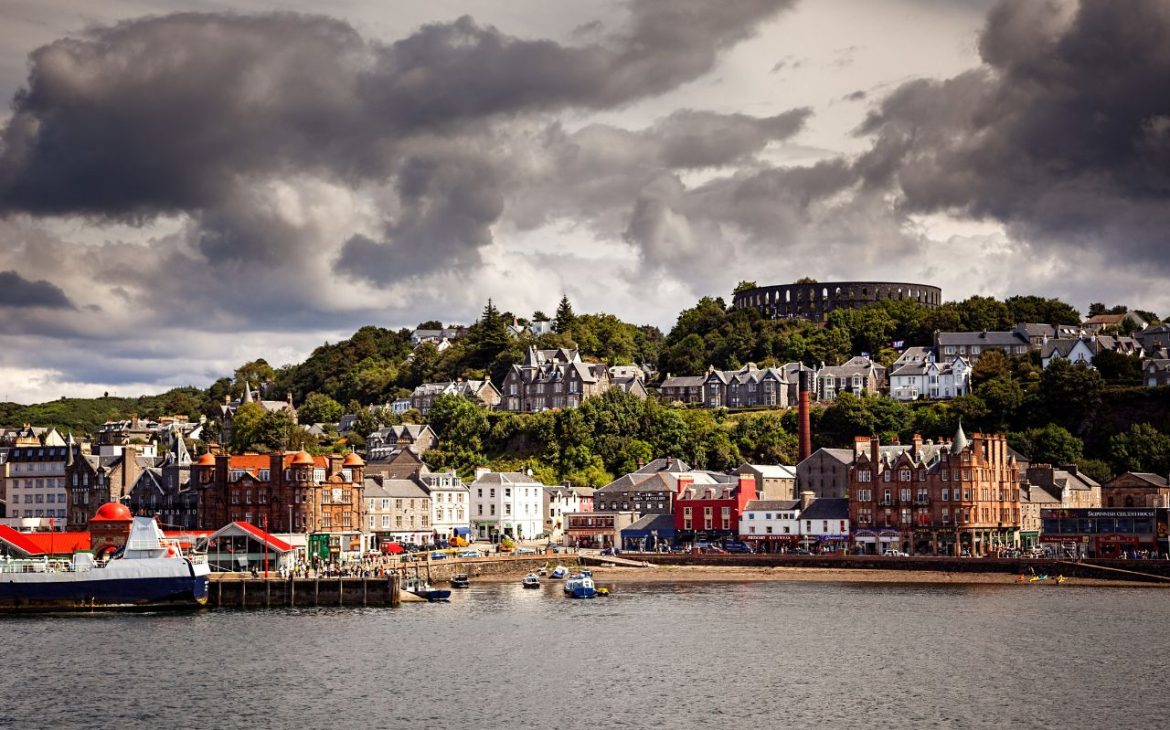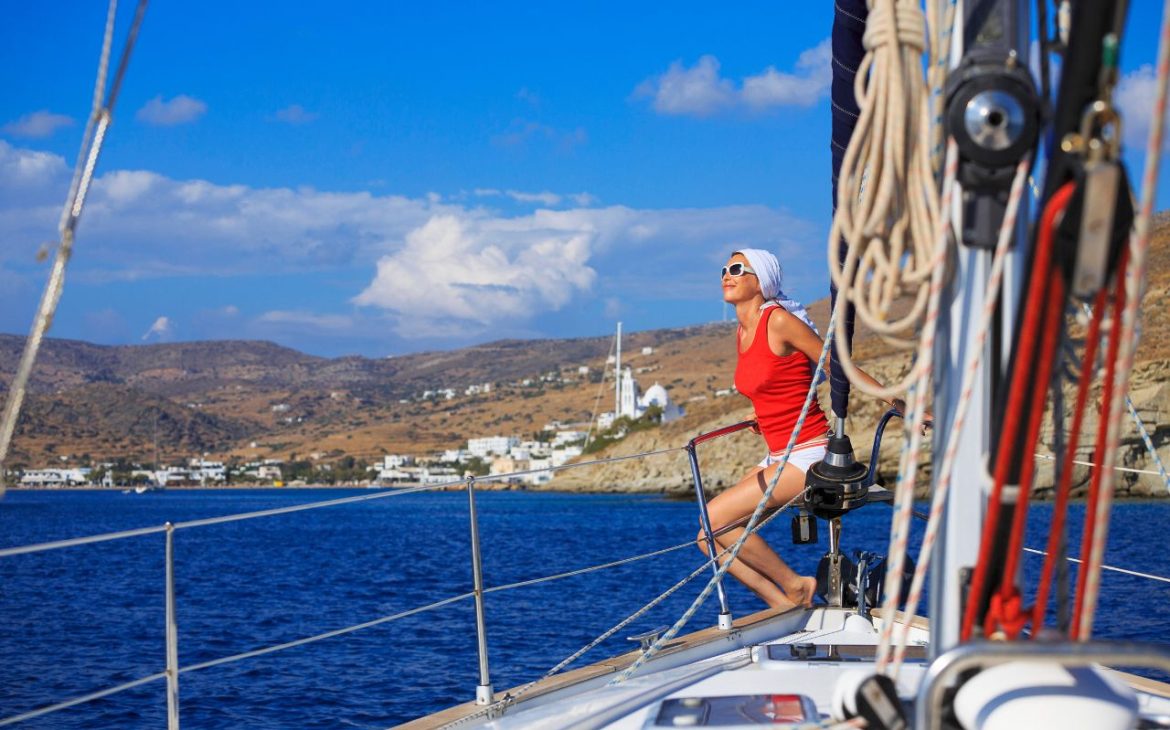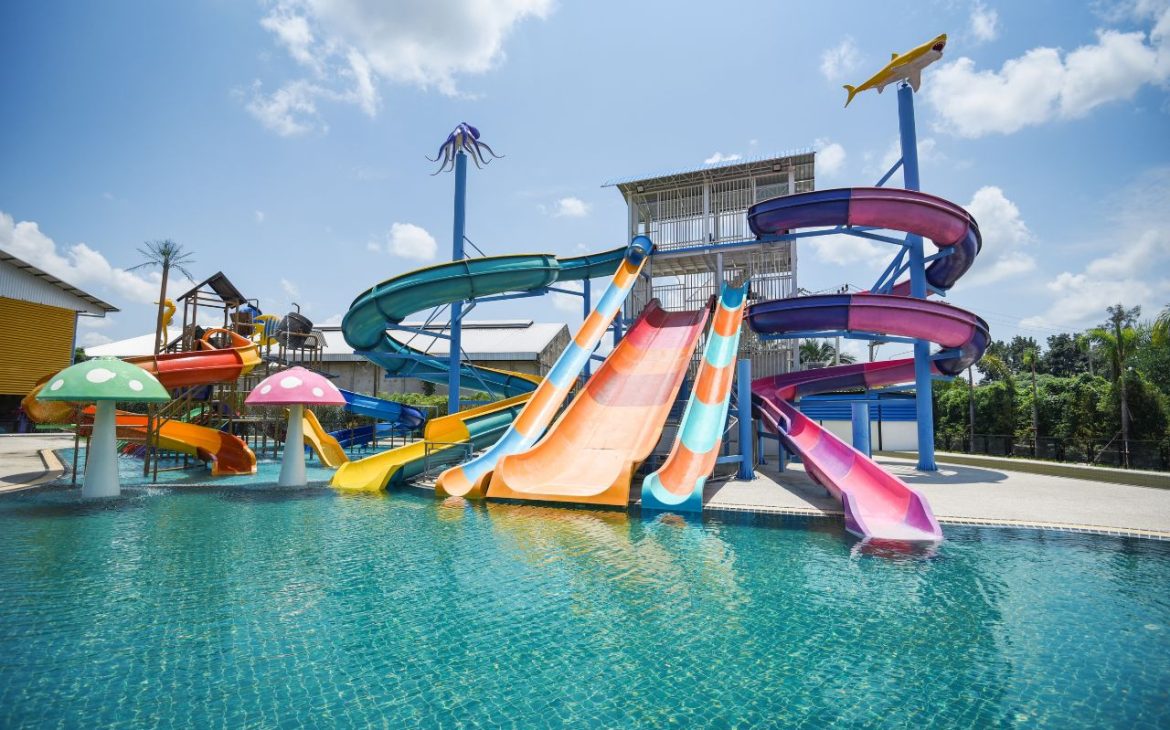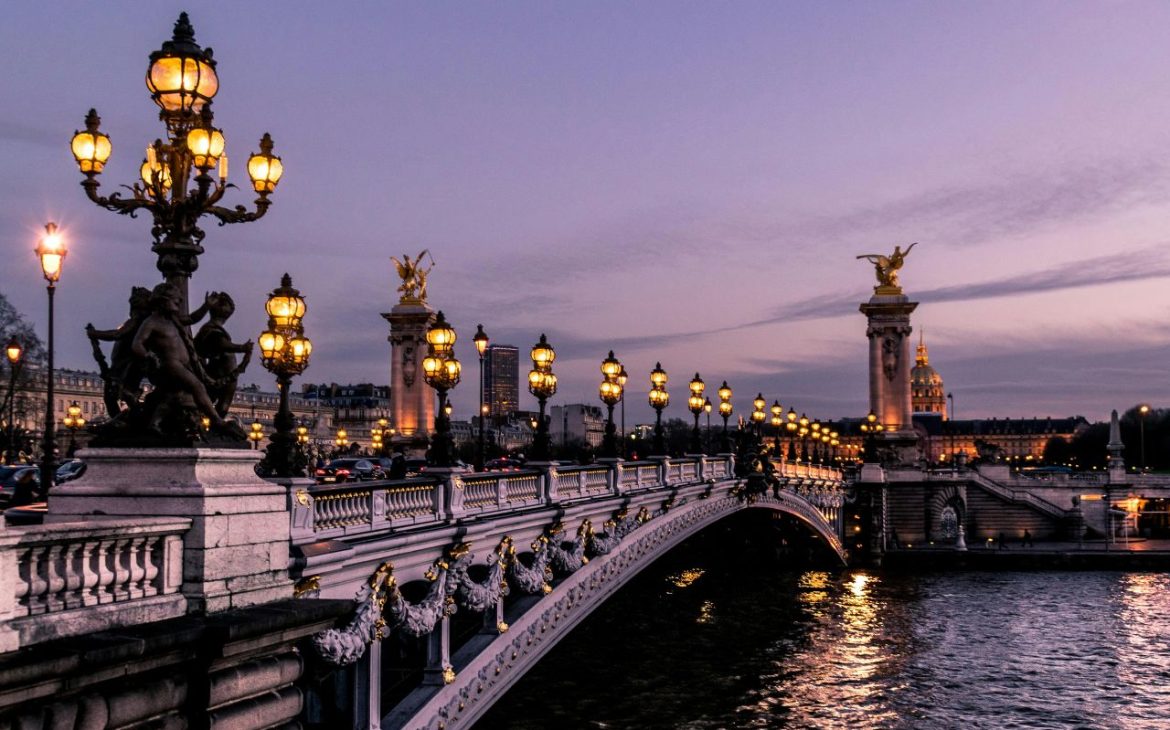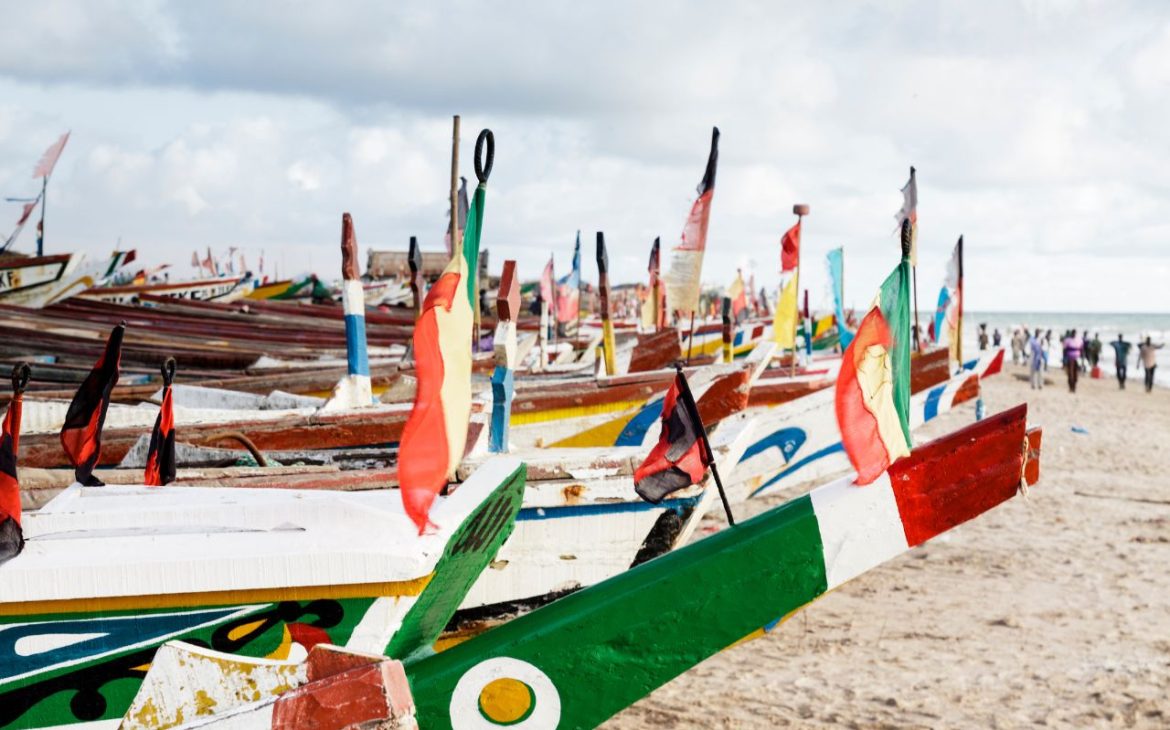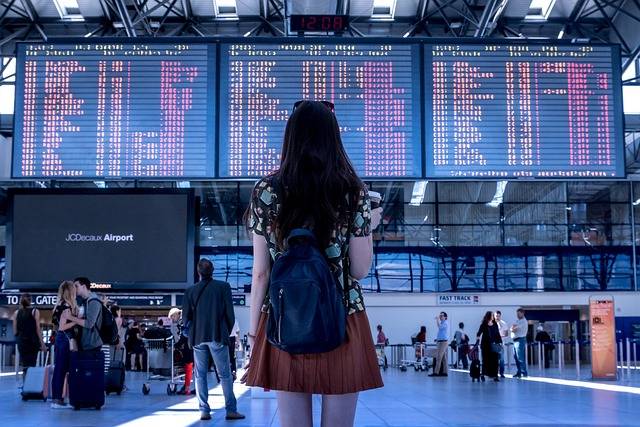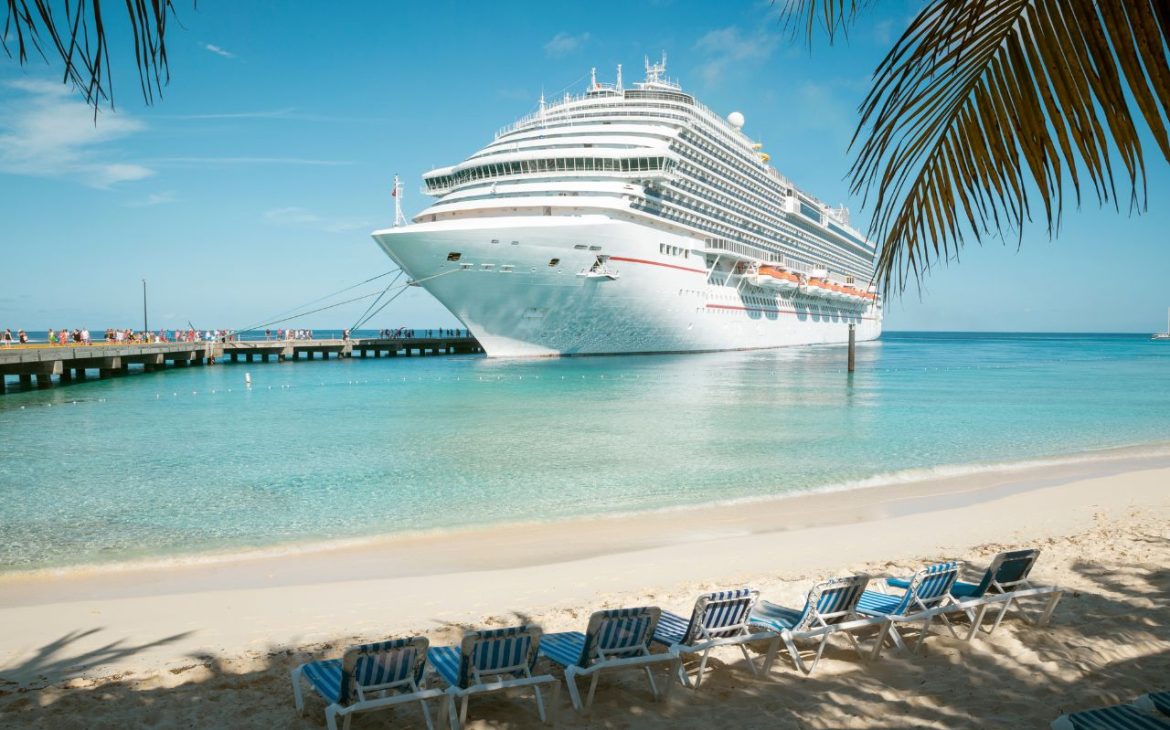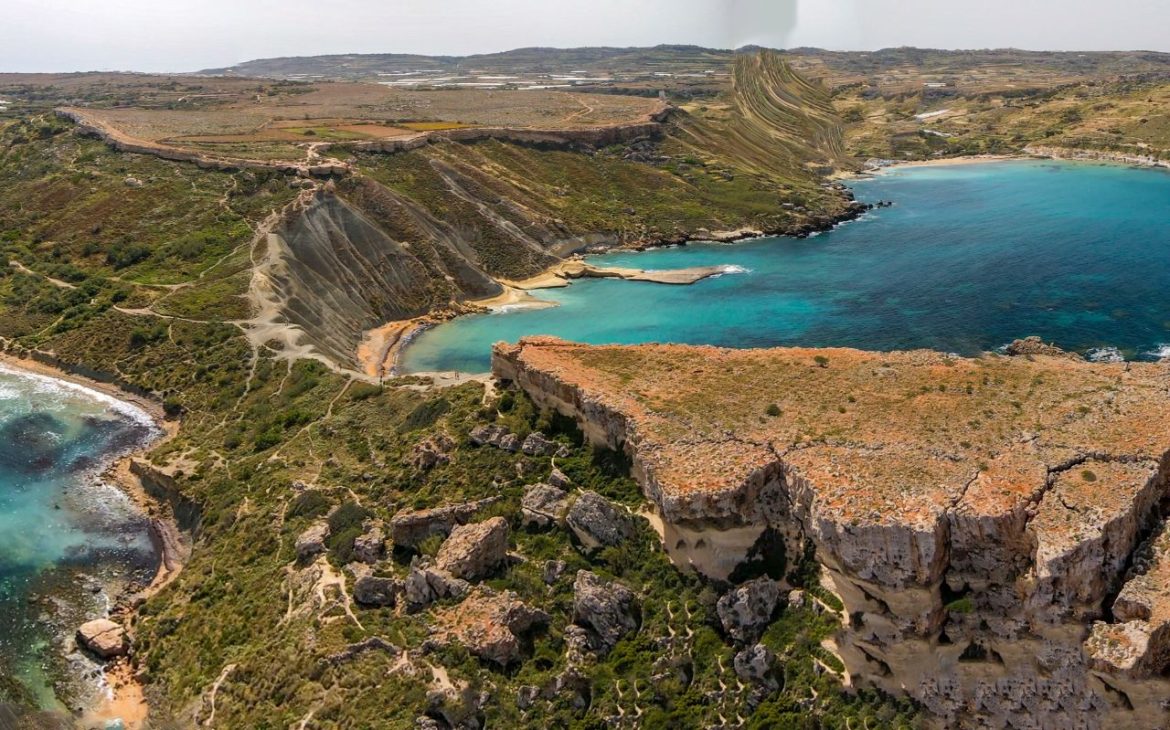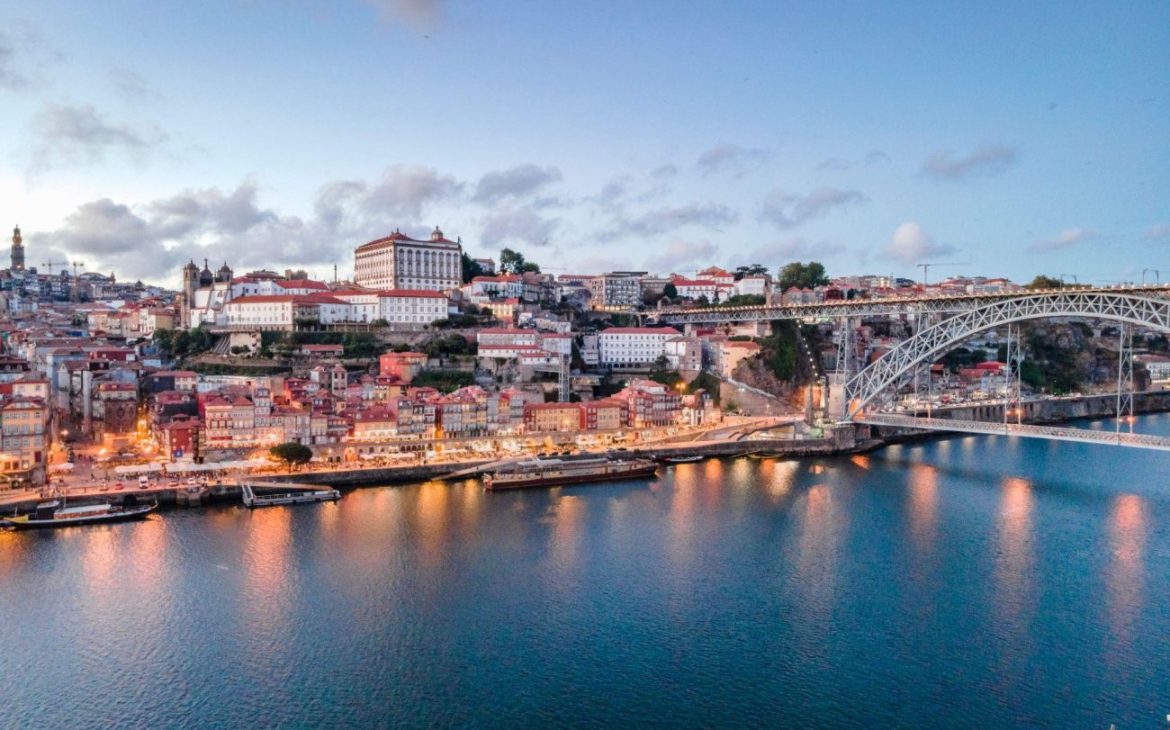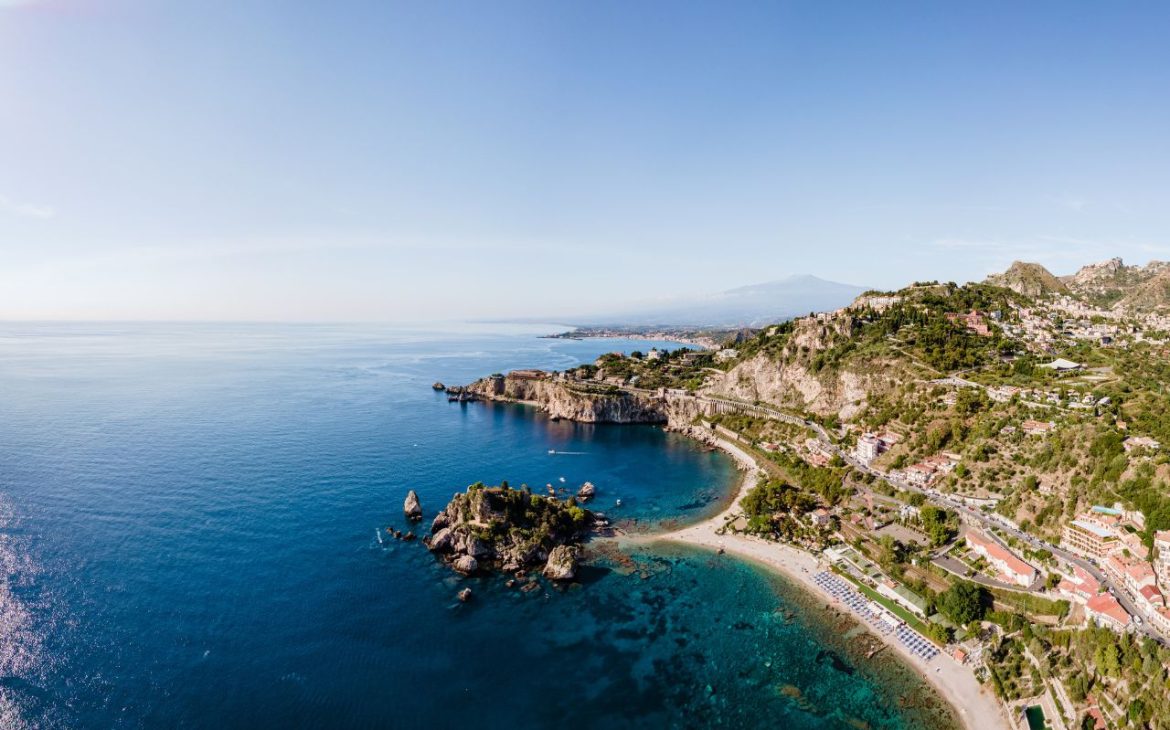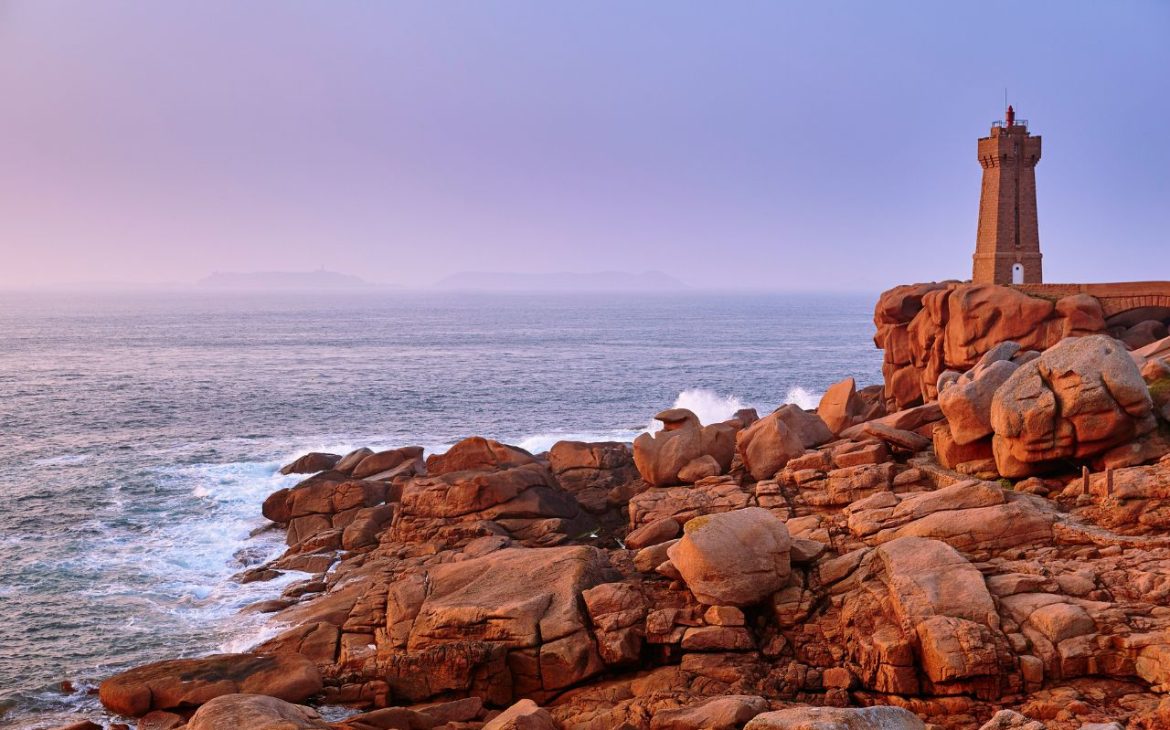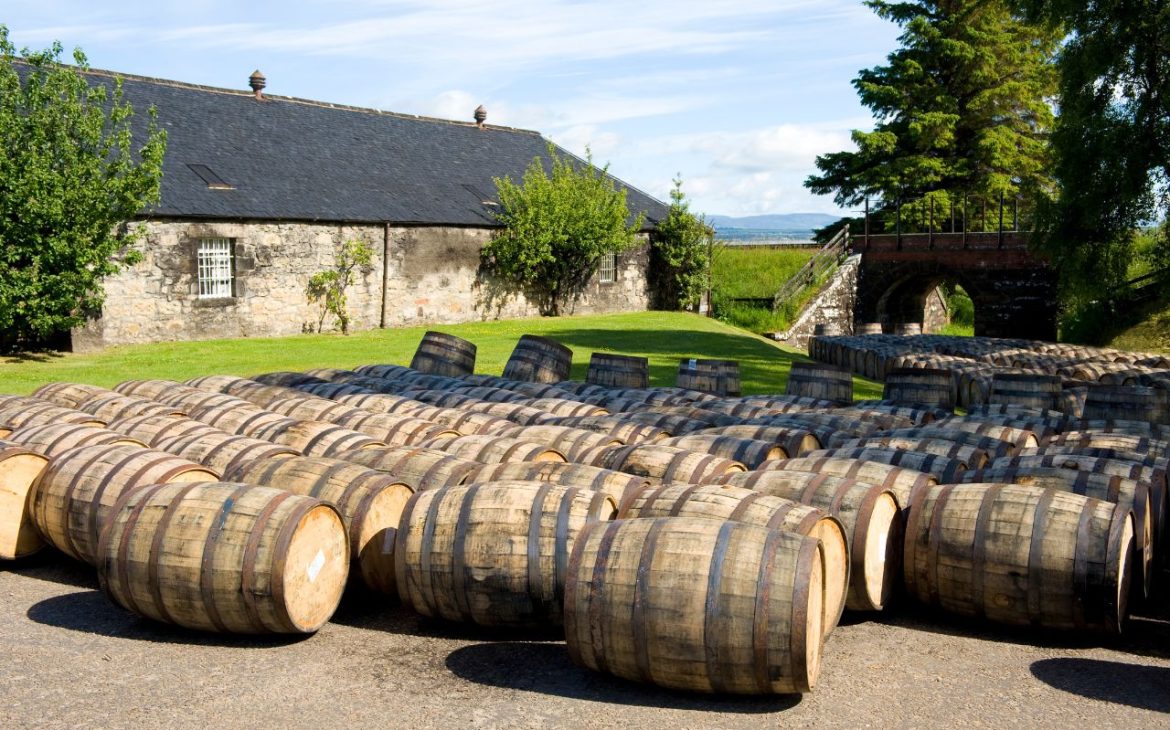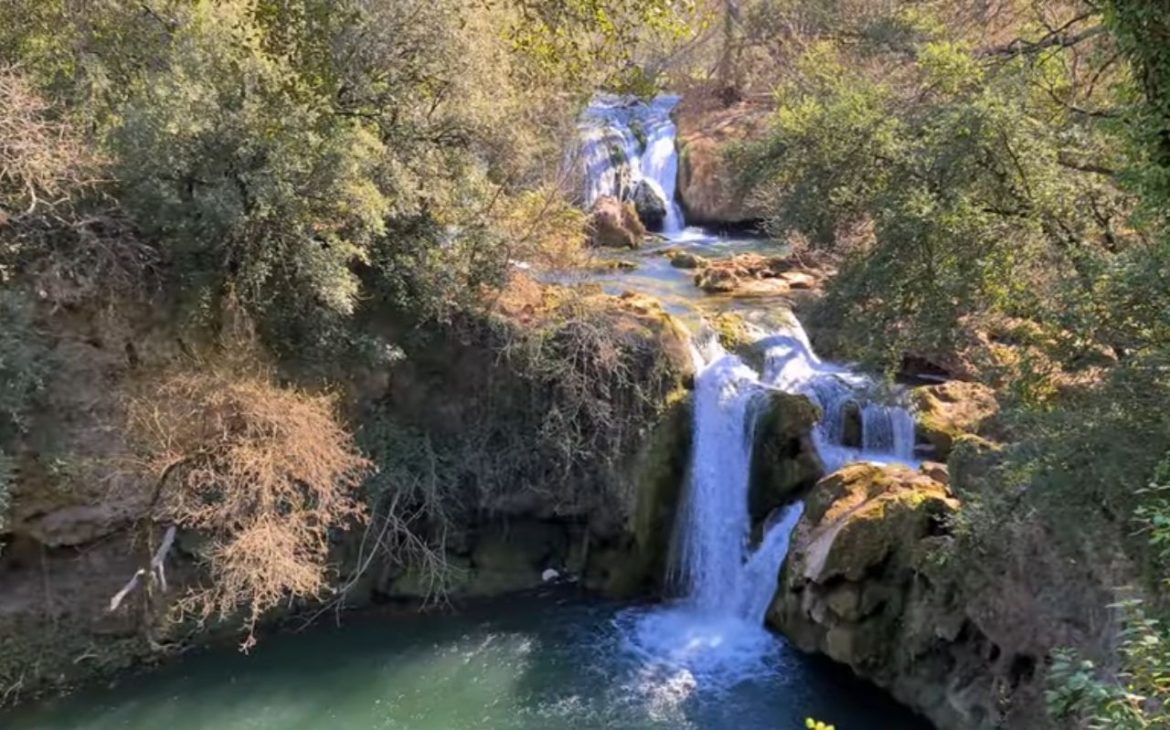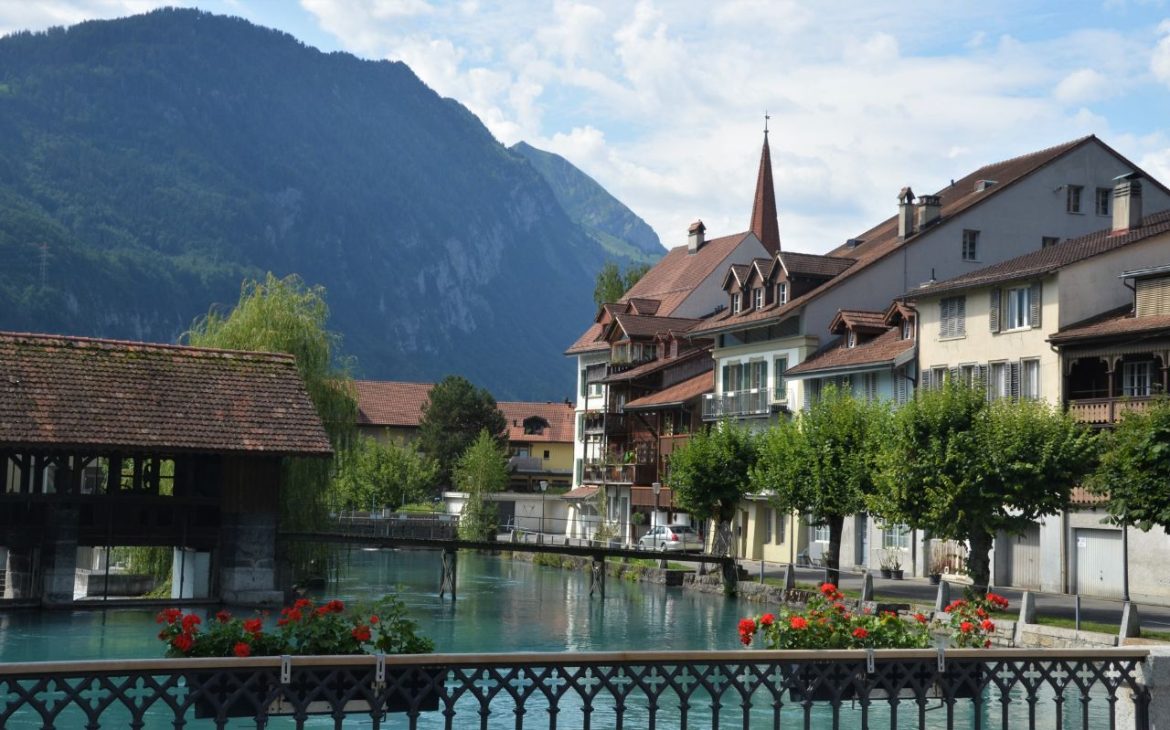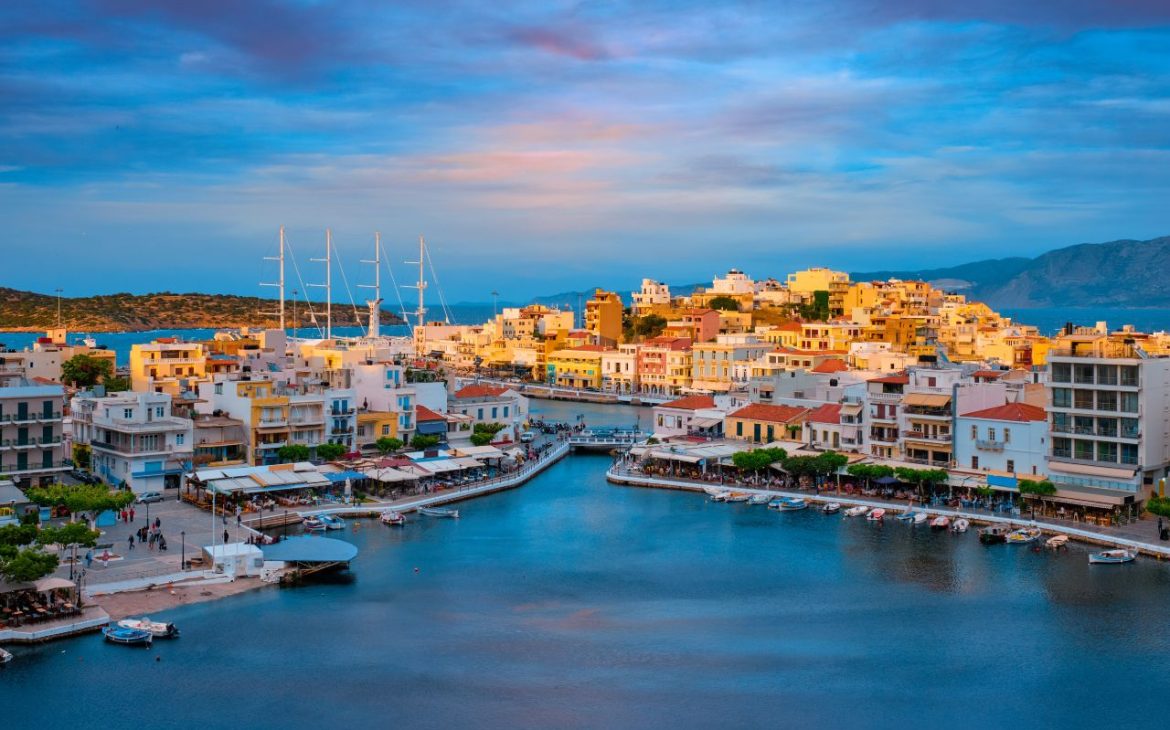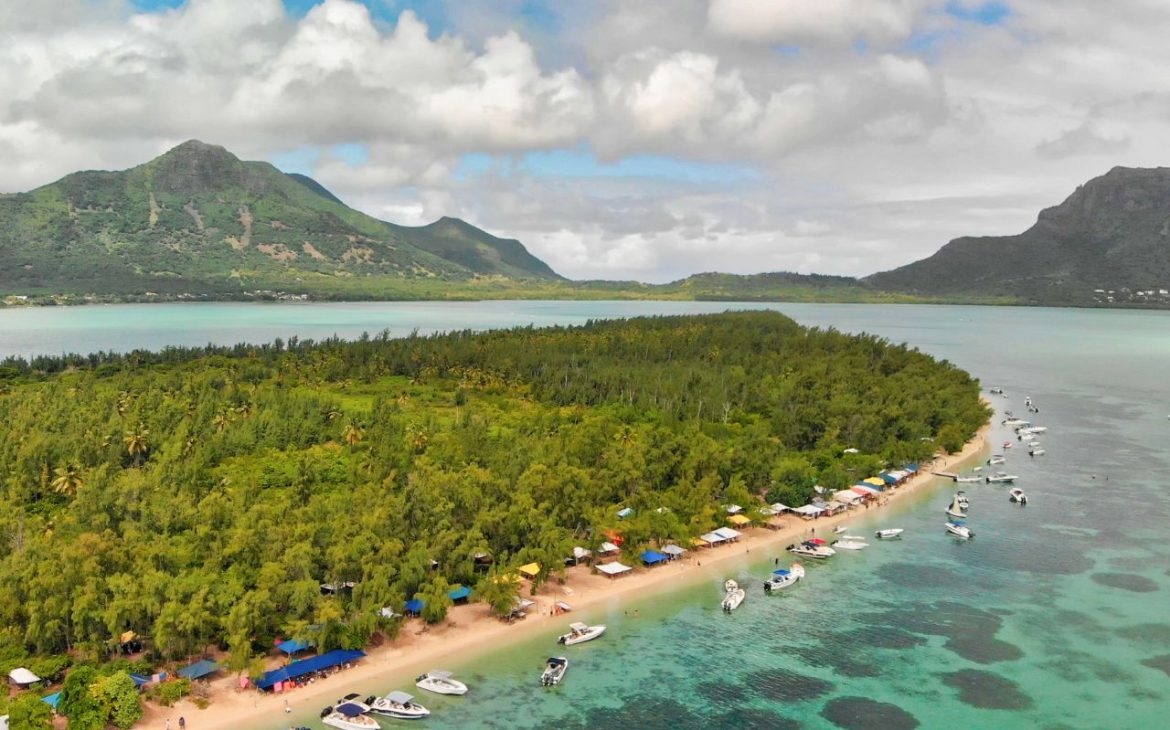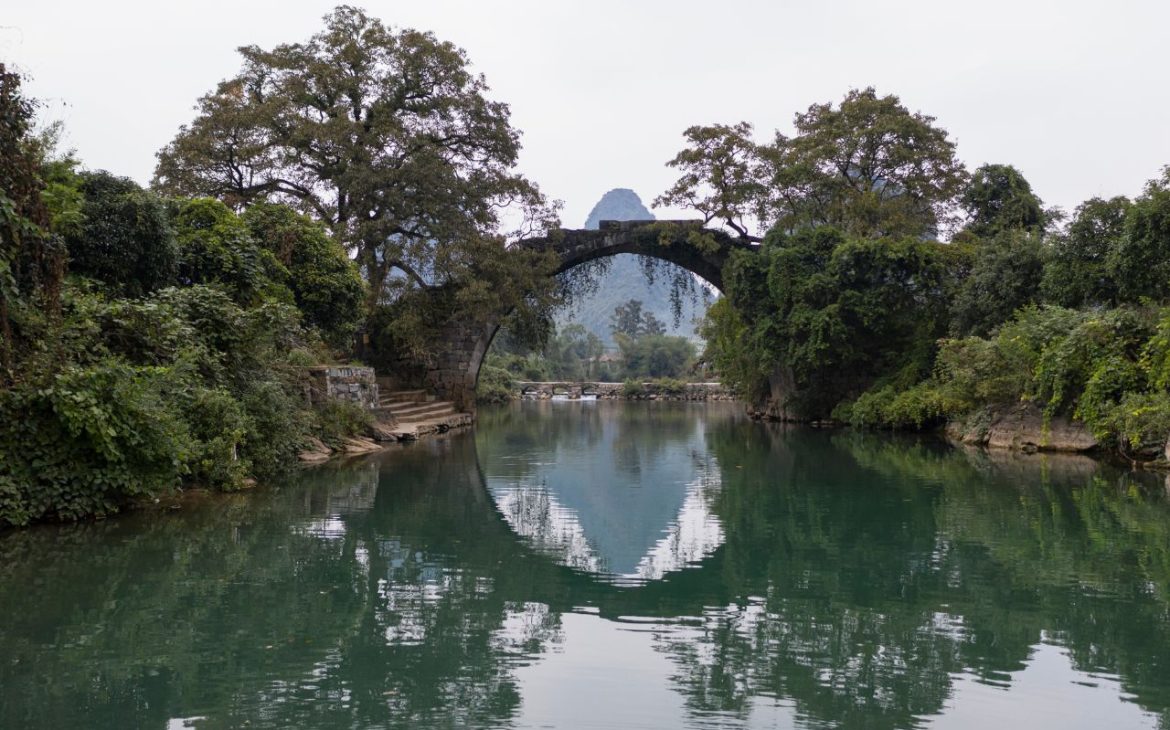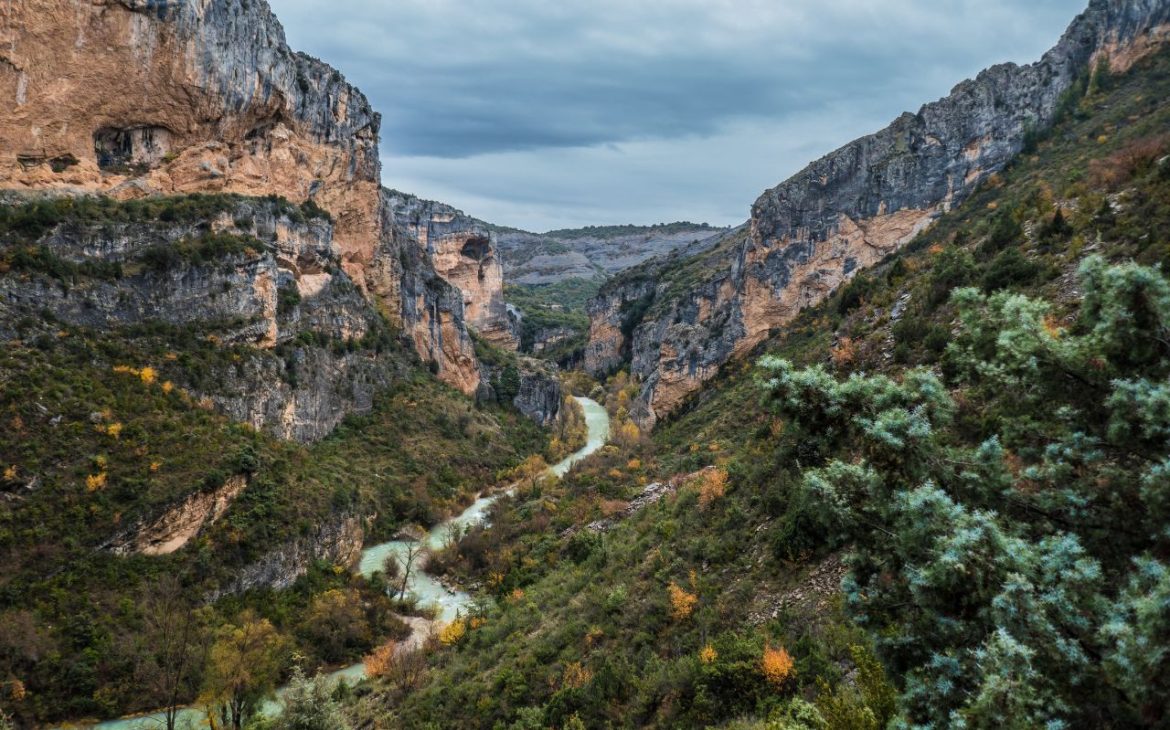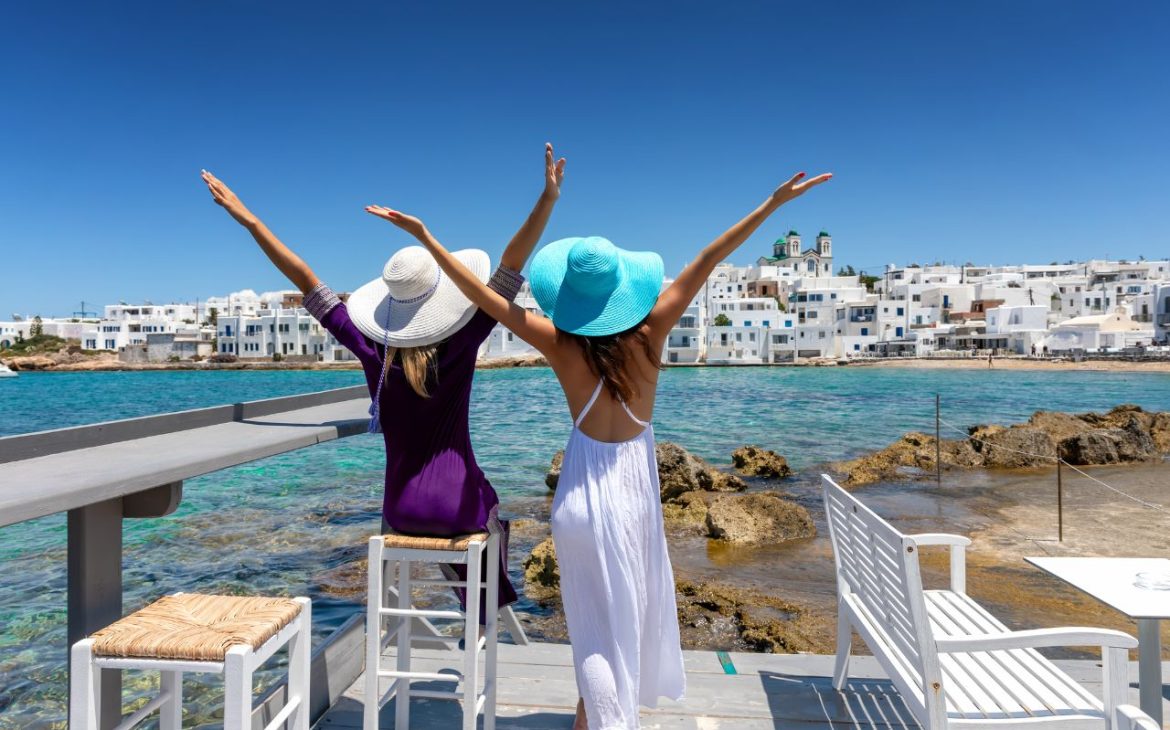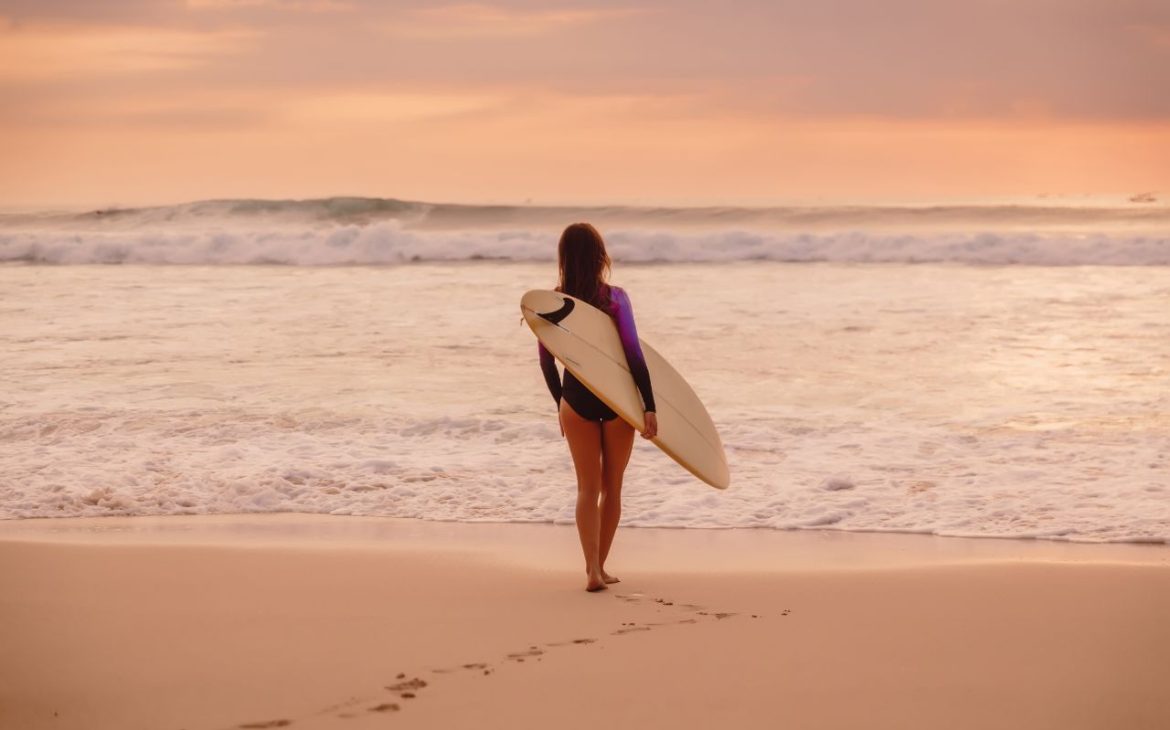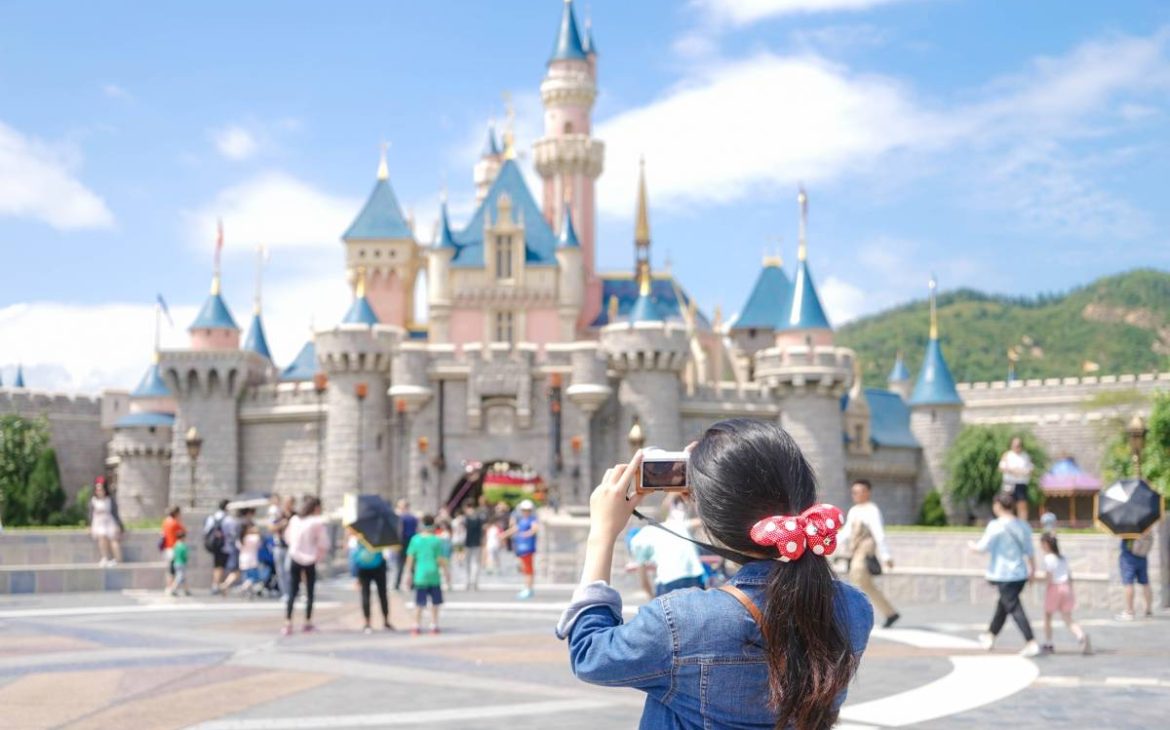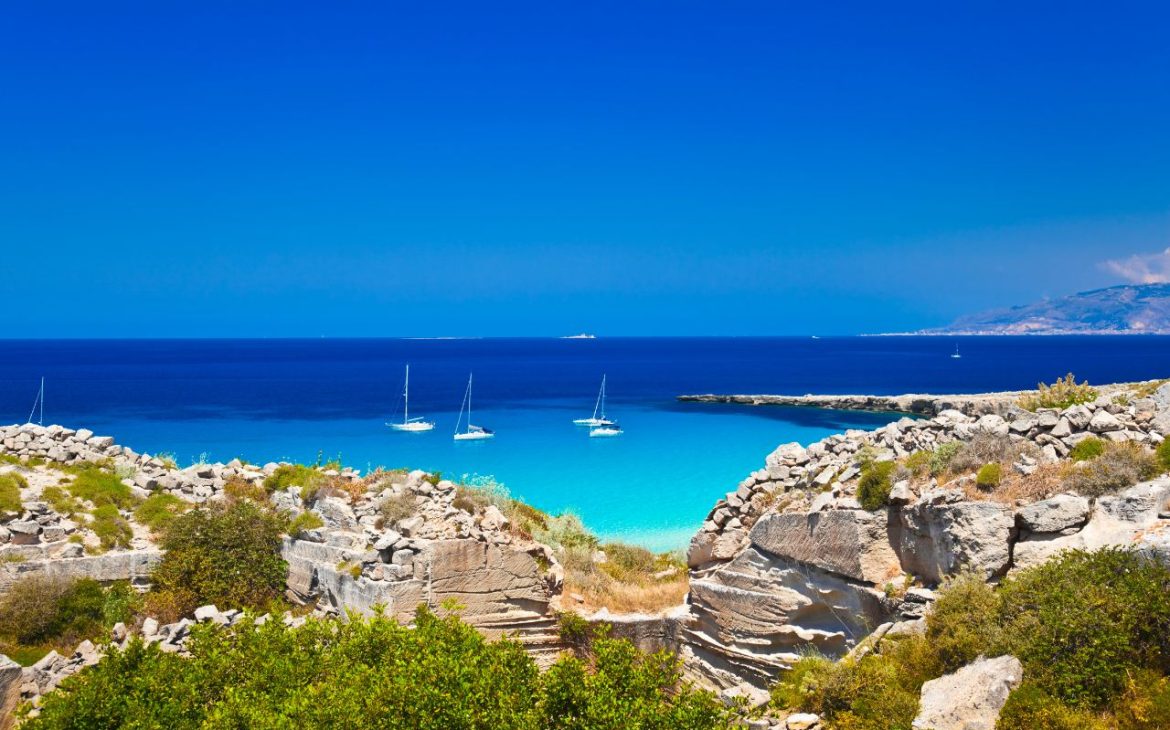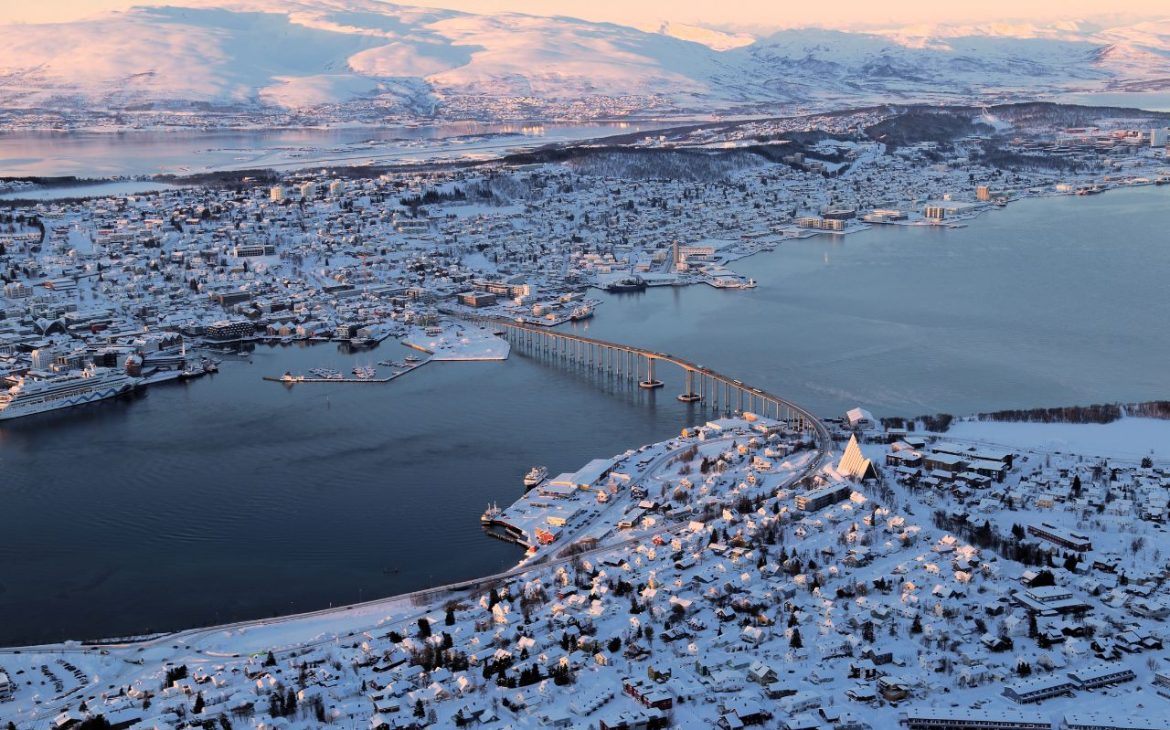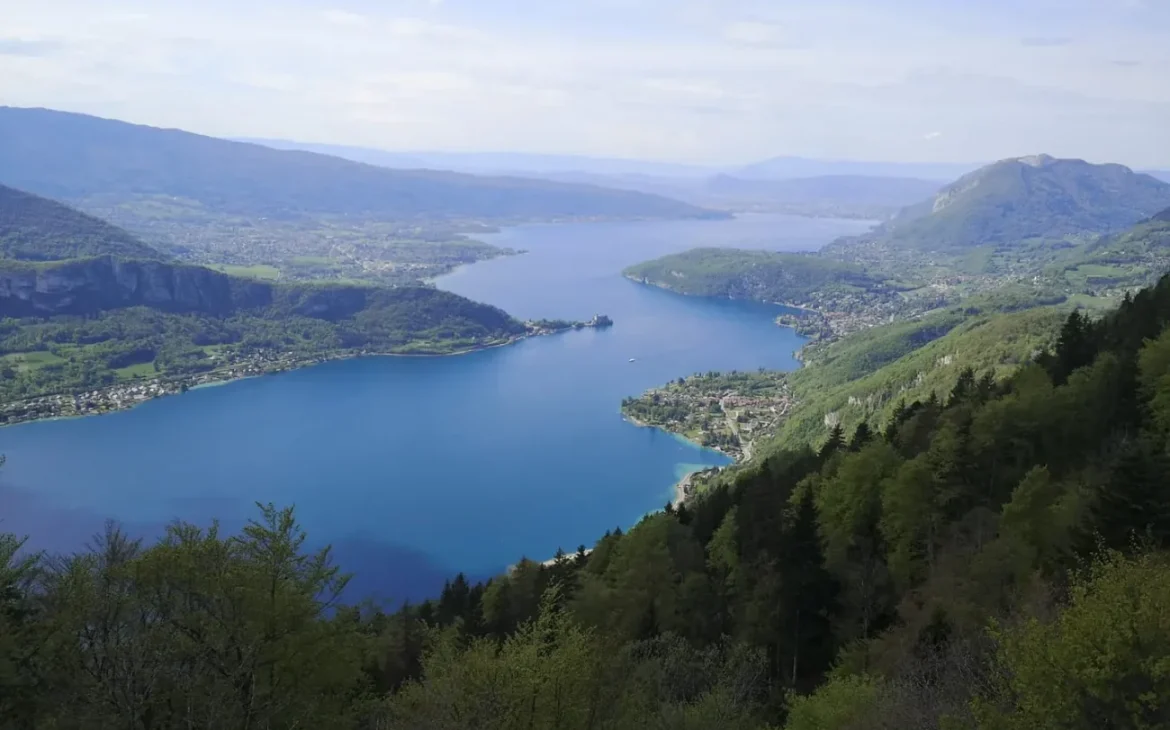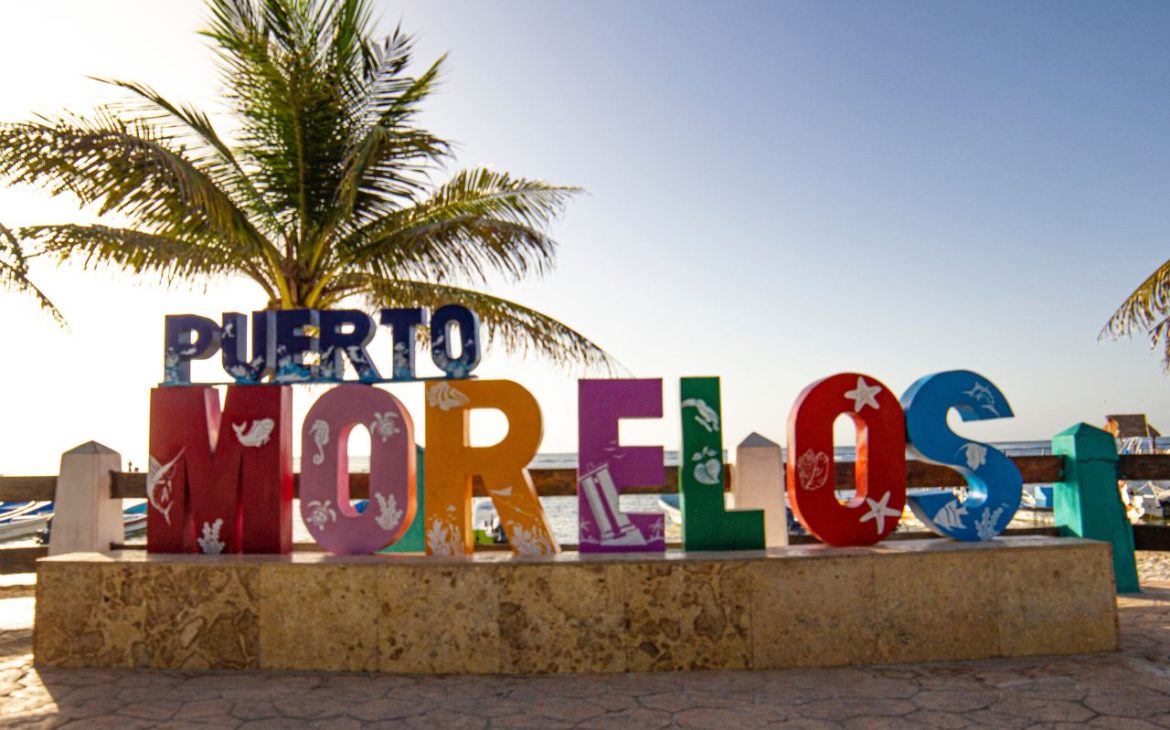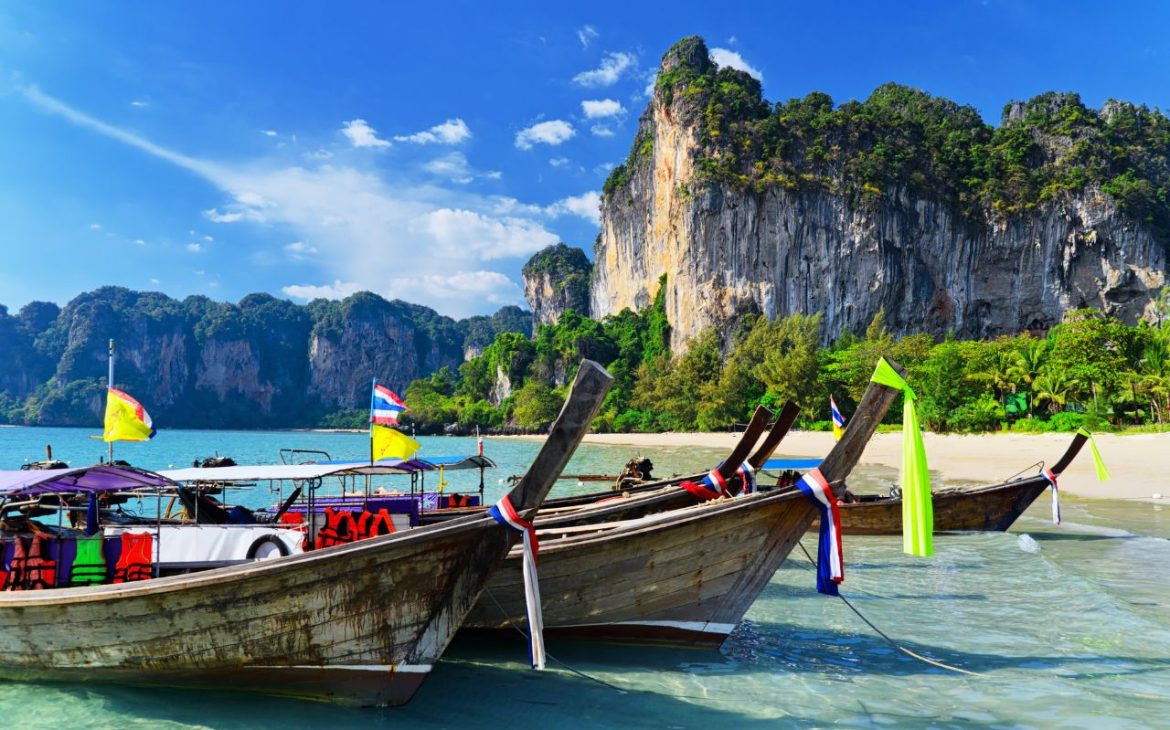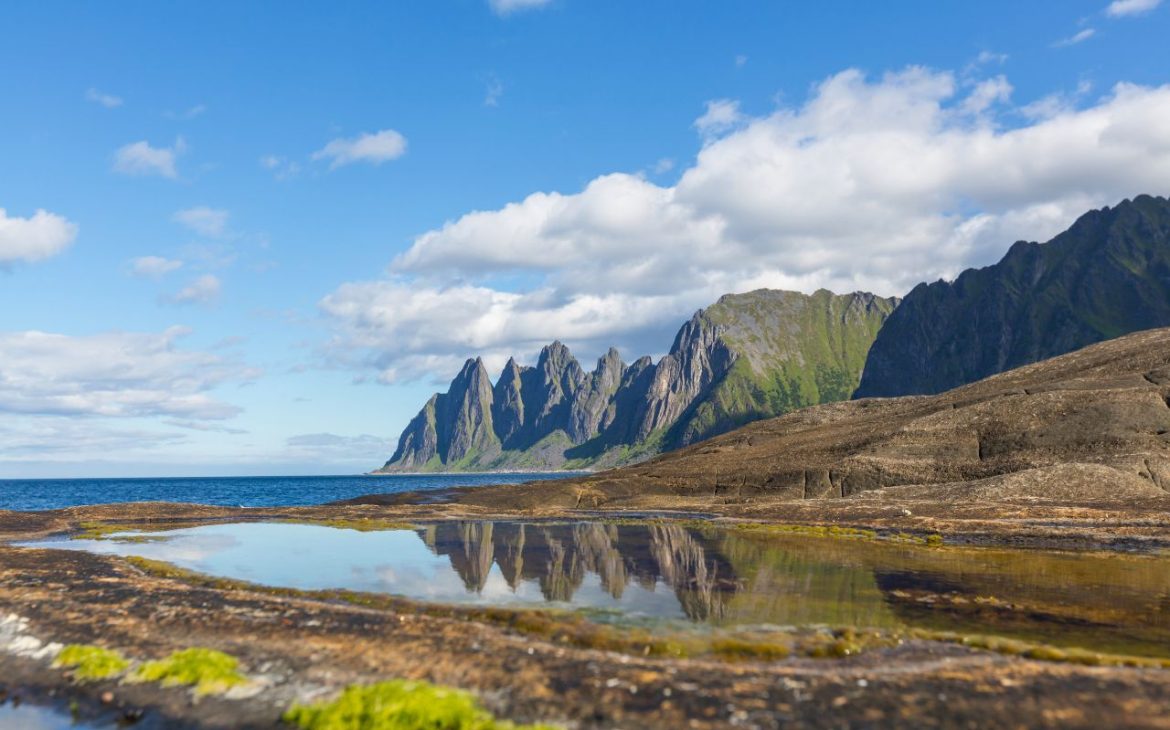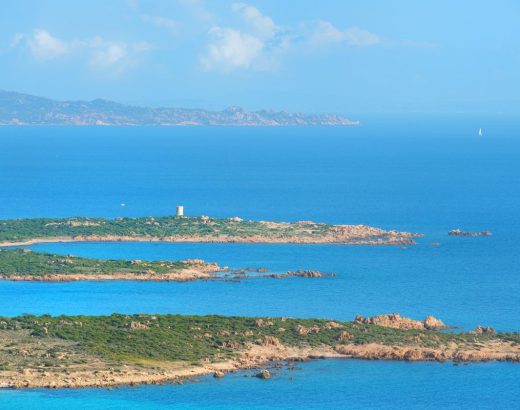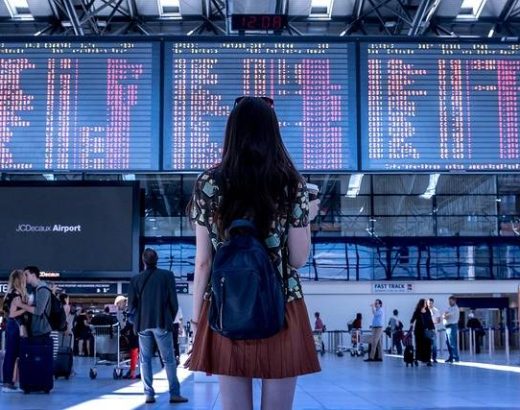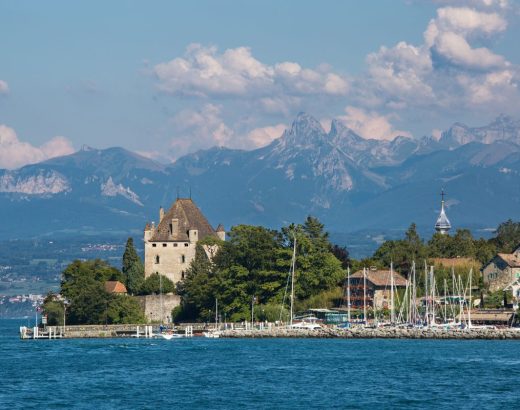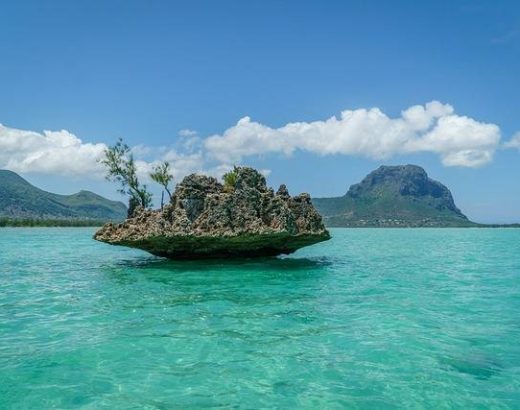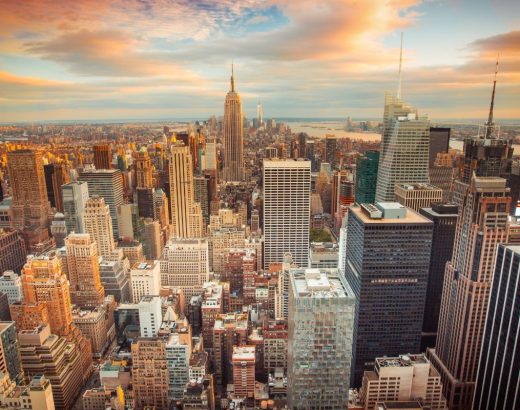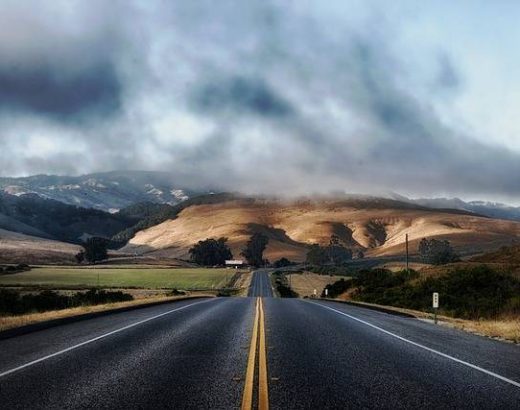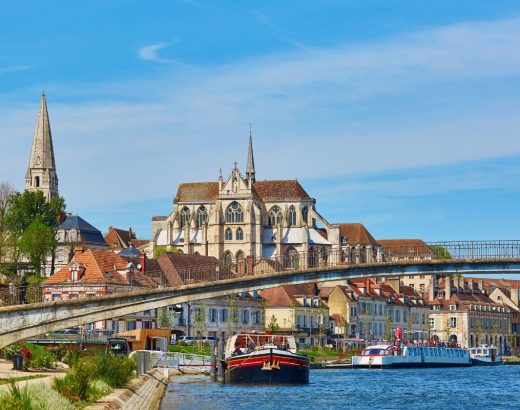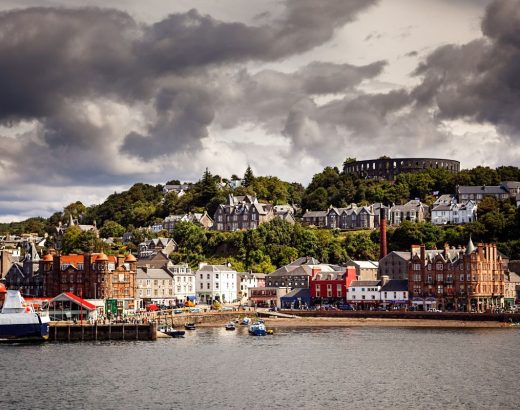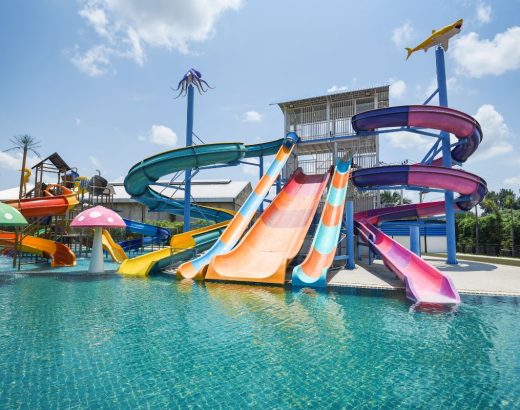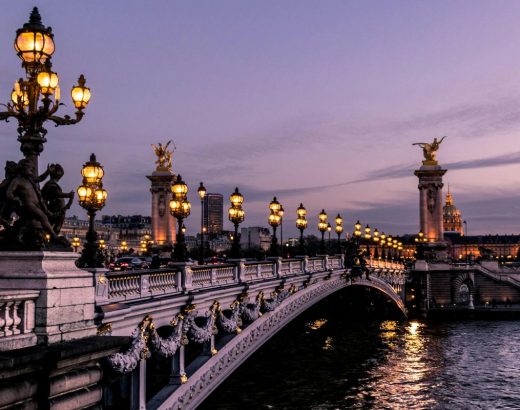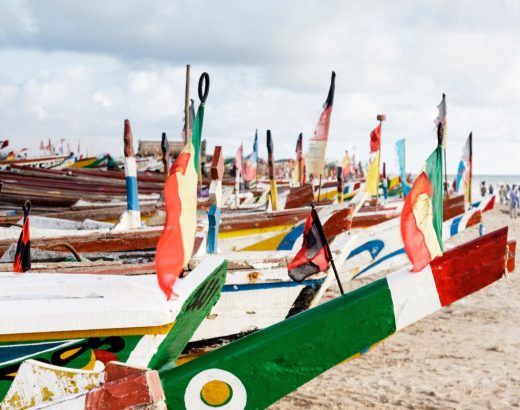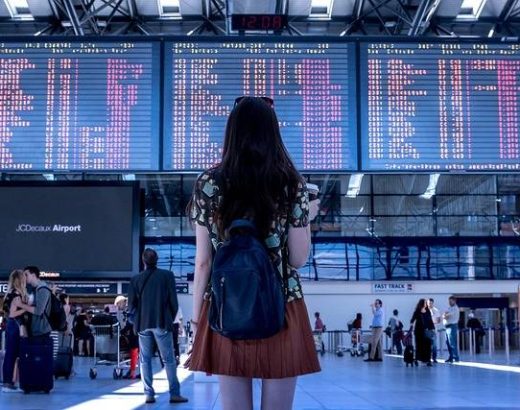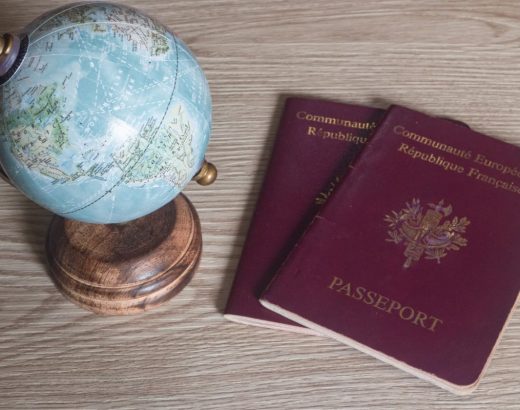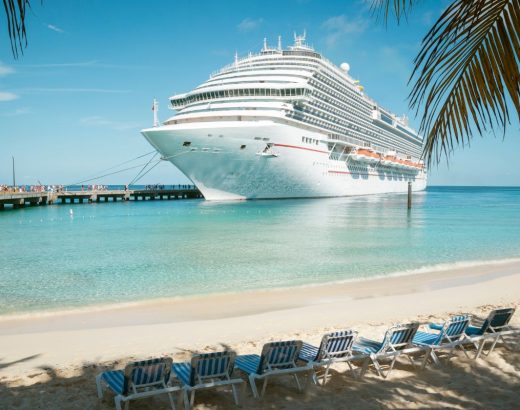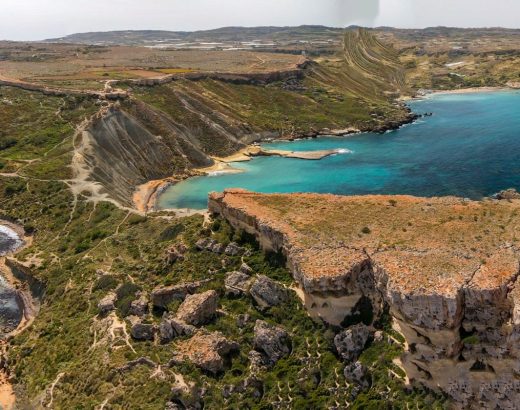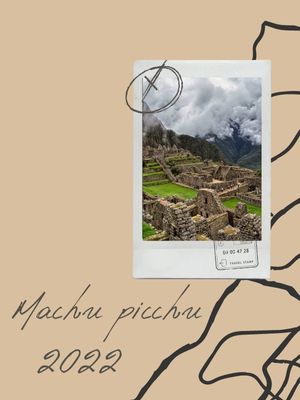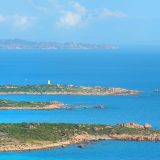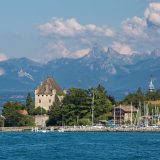Les plus belles plages du Sud de la Corse
Vous rêvez de vacances balnéaires dignes des plus belles cartes postales ? Alors la Corse
Top des destinations pour un week-end dépaysant en Europe
L’Europe, continent aux mille visages, est une terre de contrastes où l’histoire, la culture et
Yvoire : Trésors cachés et activités incontournables
Niché au cœur de la Haute-Savoie, sur les rives du Lac Léman, Yvoire est une
Découvrez les voyages sportifs avec Decathlon Travel
Engager votre esprit d’aventure et enrichir votre expérience sportive grâce à des voyages qui transcendent
Comment réussir votre voyage à l’Île Maurice ?
Paradis tropical niché au cœur de l’océan Indien, l’île Maurice attire les voyageurs du monde
Comment préparer un voyage à New York ? Formalités, visites, durée…
Préparer un séjour à New York est une véritable aventure en soi, qui demande de
Découvrir l’Ouest américain : les états à traverser
L’Ouest américain, une région emblématique et légendaire, est une destination de voyage incontournable pour les
Que faire et que voir en Bourgogne : entre patrimoine et plaisirs gustatifs
Vous rêvez d’une immersion totale dans l’histoire et la culture bourguignonnes ? Vous aspirez également
Oban, la porte des Hébrides écossaises
Bienvenue à Oban, charmante ville côtière d’Écosse qui nous sert de porte d’entrée vers les
Les plus belles îles des Cyclades à visiter en voilier
Lorsque nous évoquons la Grèce et ses îles paradisiaques, les Cyclades figurent incontestablement parmi les
Camping avec piscines et parcs aquatiques en France : les destinations les plus sympa pour toute la famille
Nous explorons aujourd’hui une façon unique et excitante de passer des vacances en famille, en
Les trésors de Paris : Expériences inédites en minibus !
Paris propose un mélange séduisant de culture, d’histoire et de beauté. Cependant, au-delà des grands
Kafountine, un village casamançais au charme jamaïcain
Niché au cœur de la Casamance, région méridionale du Sénégal, Kafountine est un village de
Budget voyage : évaluez le montant nécessaire et les options de financement
La planification d’un voyage requiert une approche méticuleuse, notamment en ce qui concerne l’anticipation des
EVJF à Amsterdam : nos idées d’activités dans la capitale hollandaise
Vous prévoyez d’organiser l’enterrement de vie de jeune fille de votre meilleure amie à Amsterdam
Quel est le délai d’obtention d’un passeport en cours de production ?
Amis voyageurs, nombreux sont ceux qui s’interrogent sur le délai d’obtention d’un passeport en 2024.
Les itinéraires phares des croisières aux Caraïbes
Naviguer à travers les Caraïbes est un rêve que beaucoup caressent. Entre mer turquoise, sable
Paradise Bay à Malte: la perle du nord-ouest
Si vous recherchez une plage paradisiaque à Malte, ne cherchez plus, Paradise Bay est faite
